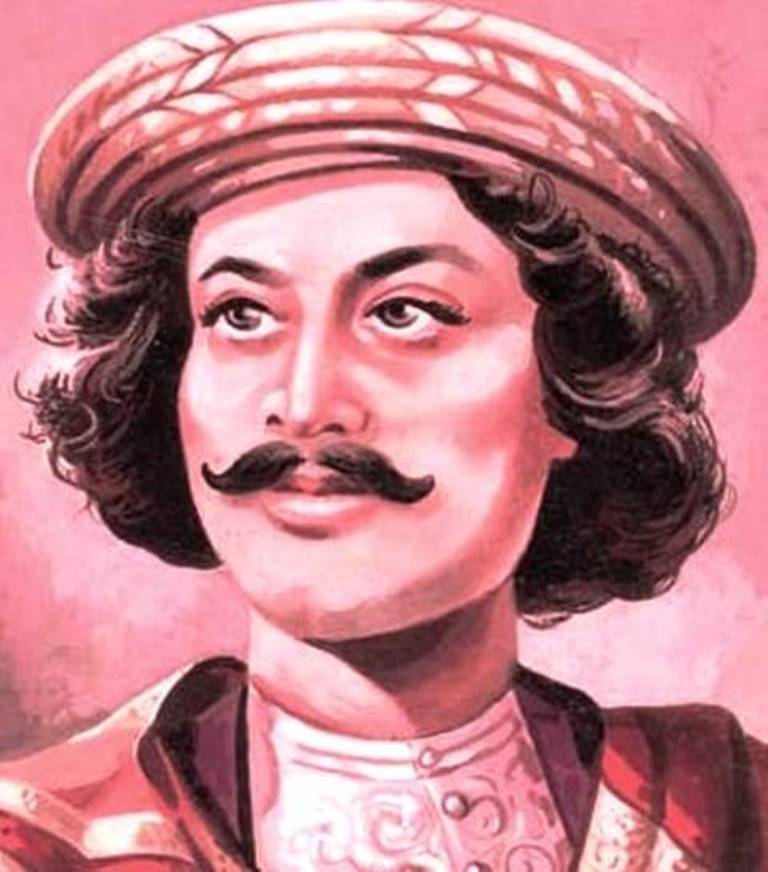
In the area of Indian social and religious renaissance, Raja Ram Mohan Rai has a special place. He was the founder of Brahma Samaj, the founder of the Indian language press, a reporter of the Jana Jagaran and the social reform movement, and the father of the new Jagran era in Bengal. He spearheaded both the regions with the efficient combination of Indian freedom struggle and journalism.
Raja Ram Mohan Roy was famous for his foresight and ideology. He had affection for Hindi. He had strongly opposed conservatism and evils. But the values, tradition, and national pride were close to his heart.
Early life:
Raja Ram Mohan Roy was born in 1772 in a Brahmin family in Bengal. By the age of 15, he had become knowledgeable of Bengali, Sanskrit, Persian, and Arabic. In his teenage years, he traveled a lot. In his early days, he also worked for East India Company from 1803-1814. He also established Brahma Samaj and also visited abroad countries like England and France.
Struggle against social evils:
Raja Ram Mohan Roy left the job of East India Company and set himself up for double struggles. He was fighting double battles. First of all, for the independence of India, the second was against the citizens of his own country. Those who became the curse in time were clinging to the curses. Raja Ram Mohan Rai did the work of shivering them.
They protested against child marriage, Sati practice, racism, rituals, and so on. Alexander Duff helped him a lot in the field of religious propaganda. Dwaraknath Tagore was his main follower. He was a major contributor to ending the evil of Sati, a father of modern India, founder of the biggest social-religious reform movement.
Journalism:
Raja Ram Mohan Roy edited and published level letters like Brahmanical Magazine, Dialogue Kaumudi, Mirat ul Newspaper, Bangadata. Bangadata was a unique letter. In this, Bengali, Hindi, and Persian were used together. It can be judged from his belligerent and strong personality that in 1821, the British judge punished Pratapanara Das and gave a sentence of whipping him. As a result, he died. He wrote articles against this vandalism.
Death:
At the age of 61, he died on 27 September 1833 at Stapleton, Bristol England.
















